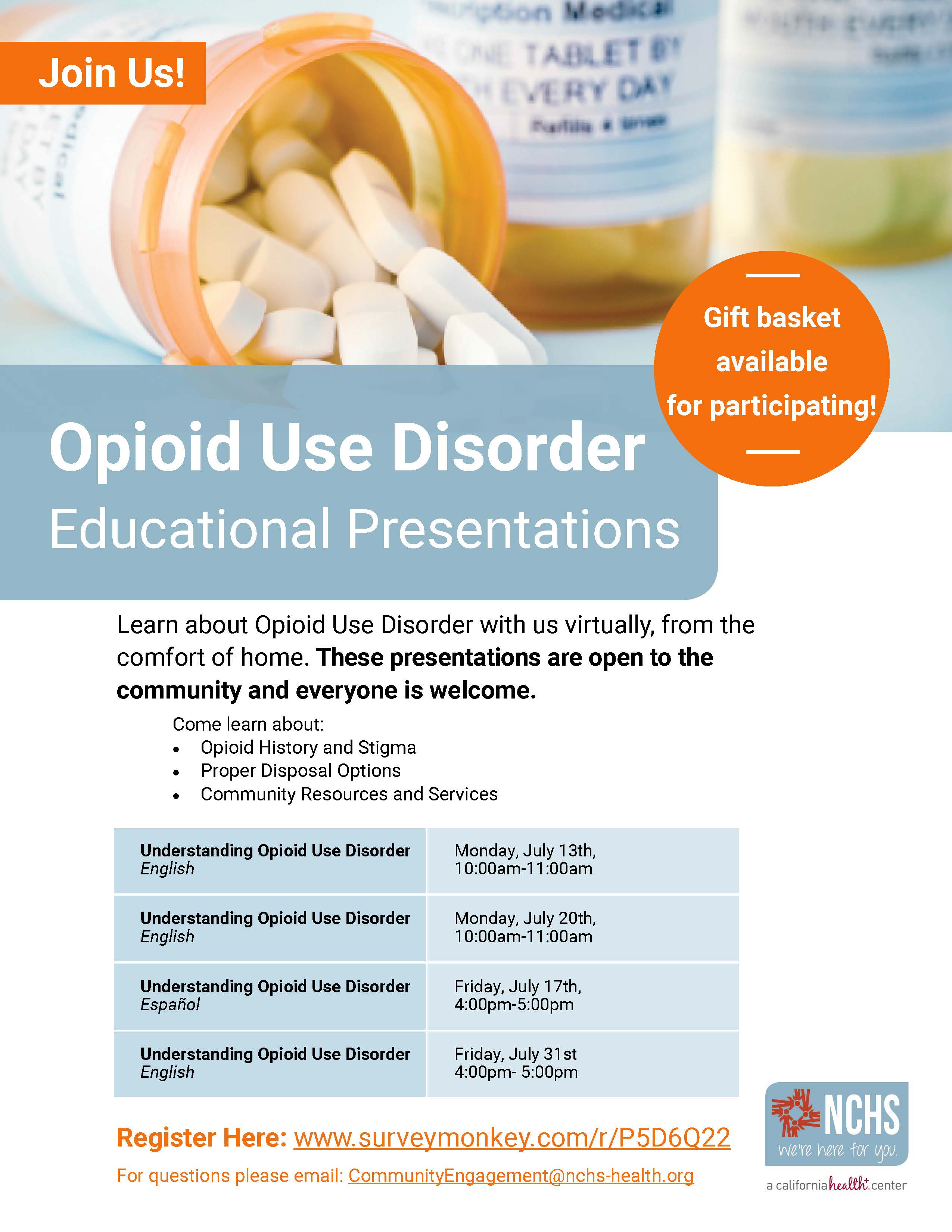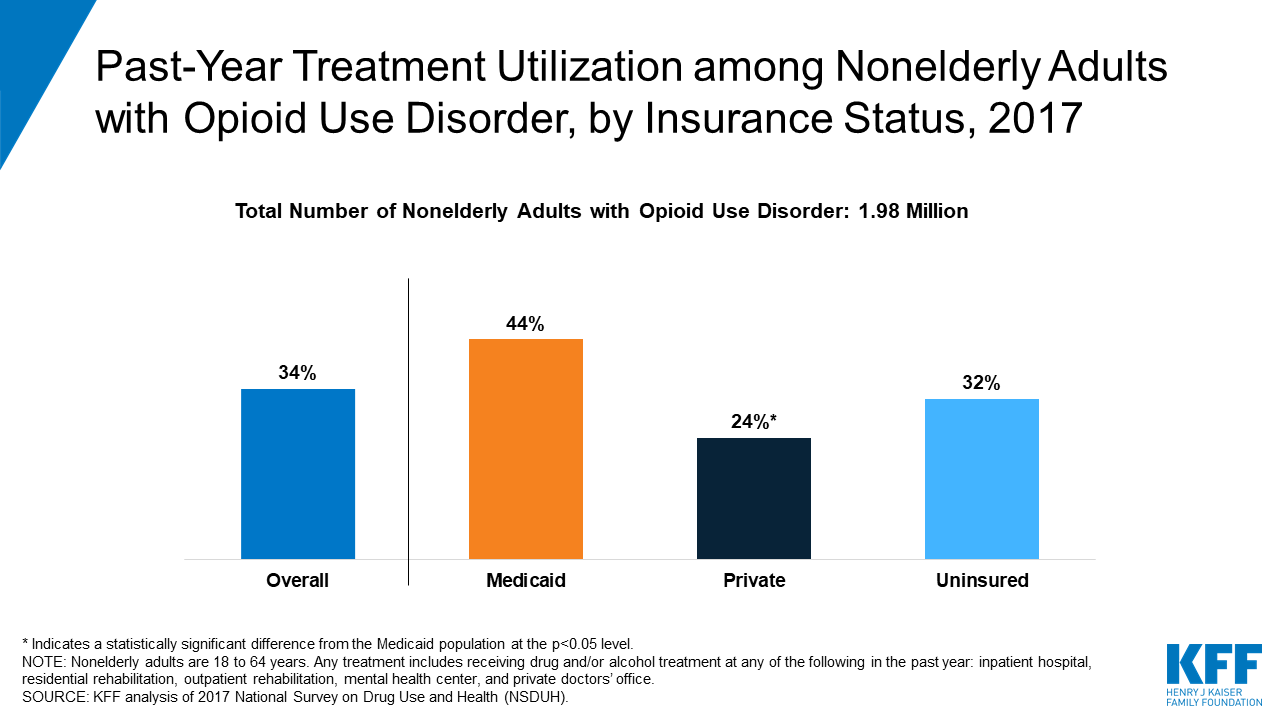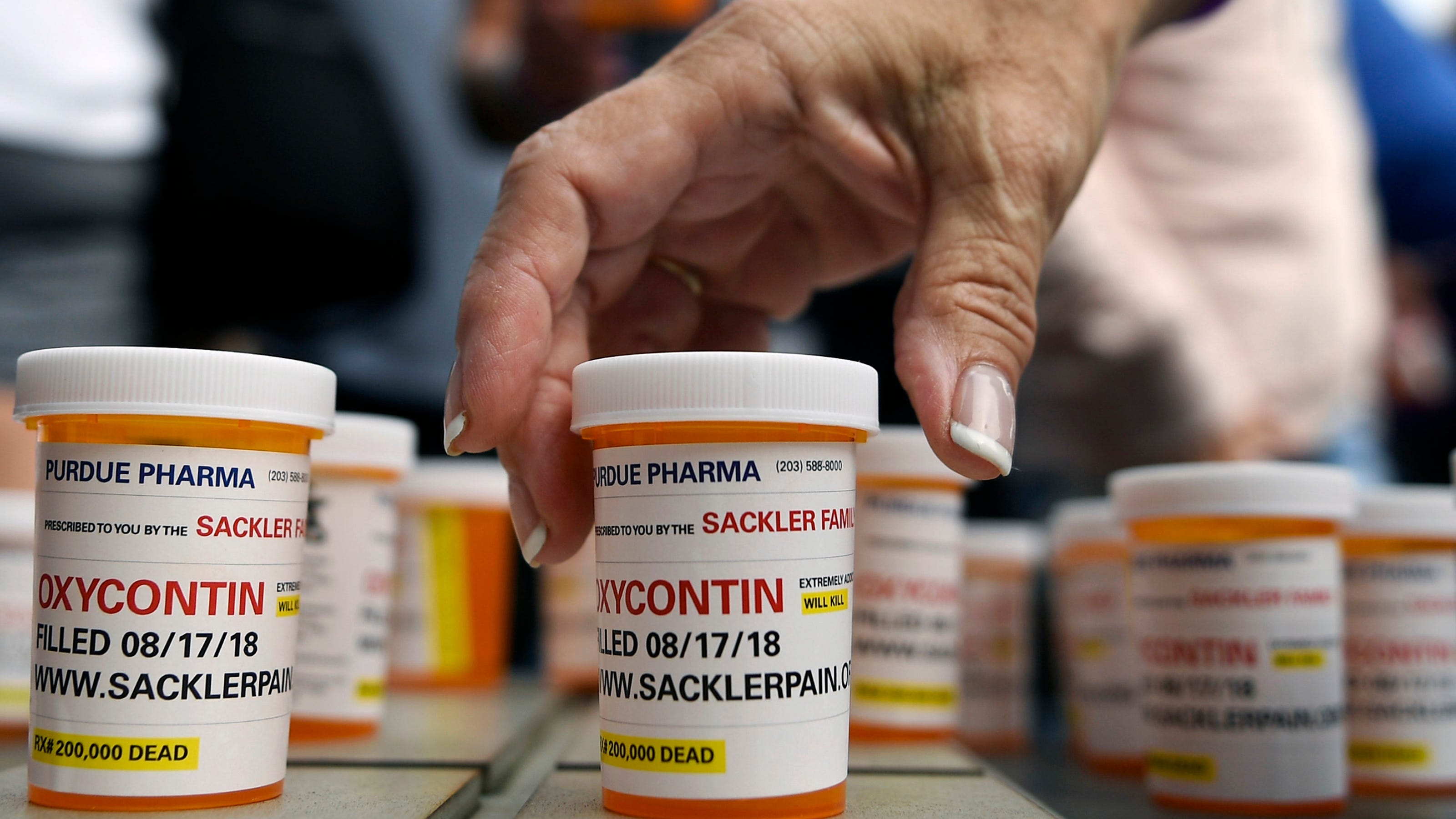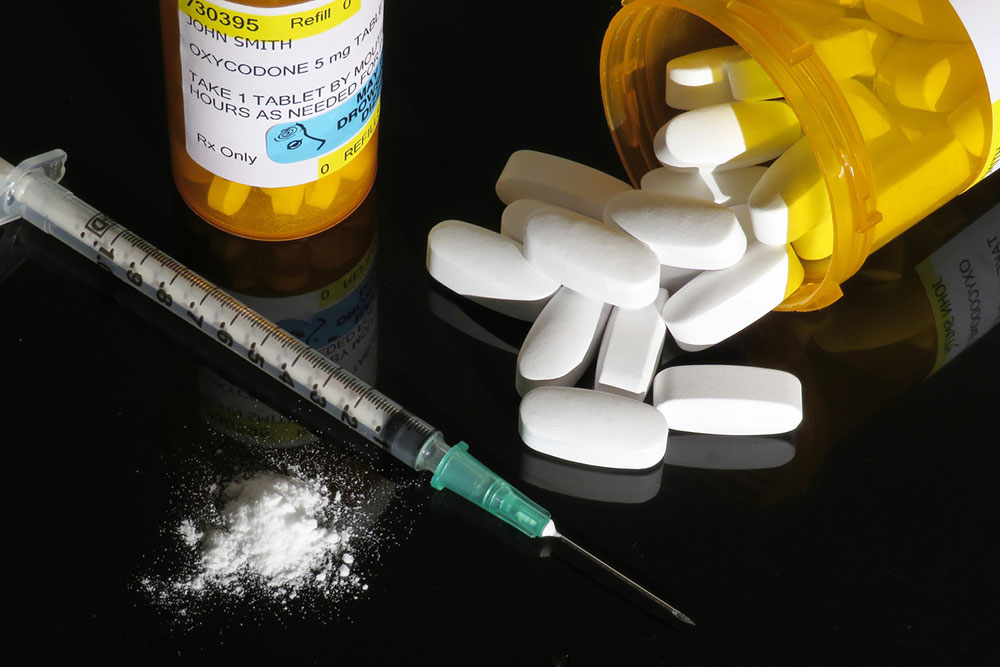Printable Treatments For Opioid Use Disorder The opioid use disorder management guidelines developed by the Canadian Research Initiative in Substance Misuse details optimal strategies for treating opioid addiction and recommends opioid agonist treatment Link Read the guideline
Clinicians should inform patients with opioid use disorder about all available pharmacologic Provide Treatment To treat those with opioid use disorder it is crucial to expand access to evidence based treatments including medication assisted therapy MAT MAT is a comprehensive way to address the needs of individuals that combines the use of medication methadone buprenorphine or naltrexone with counseling and behavioral therapies
Printable Treatments For Opioid Use Disorder
 Printable Treatments For Opioid Use Disorder
Printable Treatments For Opioid Use Disorder
https://www.gannett-cdn.com/presto/2020/07/12/PDTN/fc077a7e-cf7e-46a4-9967-a8137fead175-AP20193617396116.jpg?crop=3242,1824,x1,y138&width=3200&height=1801&format=pjpg&auto=webp
Opioid use disorder previously known as opioid abuse or opioid dependence is defined in the Diagnostic and Statistical Manual of Mental Disorders Fifth Edition DSM 5 as a problematic pattern of opioid use leading to clinically significant impairment or distress Identifying and Treating OUD Identifying OUD
Templates are pre-designed documents or files that can be utilized for different functions. They can conserve time and effort by offering a ready-made format and layout for producing different type of content. Templates can be utilized for personal or professional projects, such as resumes, invitations, leaflets, newsletters, reports, discussions, and more.
Printable Treatments For Opioid Use Disorder

Opioid Use Disorder Educational Presentations Community Health

Opioid Intervention Court Removing The Shame From Addiction

Treating Opioid Use Disorder With Opioid Addiction

Signs Of Opioid Addiction When Opioid Addiction Rehab Is Needed

The Opioid Epidemic And Medicaid s Role In Facilitating Access To

Medication Assisted Treatment Versus Opioid Use Disorder

https://www.canada.ca//opioids/opioids-use-disorder-treatment.html
Treatment for opioid use disorder There are different treatment options available but no standard approach that works for everyone What works for you may not work for others You can reduce or stop opioids with effective treatment and follow up The best OUD treatment includes medication

https://www.camh.ca//canadian-opioid-use-disorder-guideline
Visit the CAMH store to purchase a printed copy of the Canadian Opioid Use Disorder Guideline Related Opioid Agonist Therapy A Synthesis of Canadian Guidelines for Treating Opioid Use Disorder PDF

https://www.bccsu.ca/opioid-use-disorder
Opioid Use Disorder Opioid use disorder is one of the most challenging forms of addiction facing the health care system in British Columbia and a major driver of illicit drug overdose deaths in the province In the context of the current public health emergency the BC Centre on Substance Use has developed provincial evidence based guidelines

https://www.cmaj.ca/content/190/9/E247
Opioid agonist treatment has long been the standard therapy for opioid use disorder in pregnant women 75 76 Abundant supporting evidence has rendered methadone the most frequently prescribed opioid agonist during pregnancy however more recent research suggests that buprenorphine monoproduct may be similarly safe and

https://www.camh.ca/en/camh-news-and-stories/updated-clinical
Le fran ais suit July 7 2021 Toronto As more evidence emerges that opioid overdose deaths have increased dramatically since the onset of COVID 19 the Centre for Addiction and Mental Health CAMH in collaboration with subject matter experts and medical regulatory authorities across Canada have now released updated national clinical
Opioid use disorder is a chronic and treatable mental health condition that involves a problematic pattern of opioid misuse Effective treatment is possible and typically involves medication and cognitive and behavioral therapy In a systematic review of 25 trials including 8729 individuals with substance use disorder 44 percent of patients approved of self selection of treatment goals 46 percent preferred shared selection and 11 percent
Substance use disorder When someone is affected by substance use disorder or addiction they crave the drug and continue using it despite the harmful effects The drug becomes the focus of their feelings thoughts and activities Opioid use disorder also changes the brain and the body in ways that can make it hard to stop using